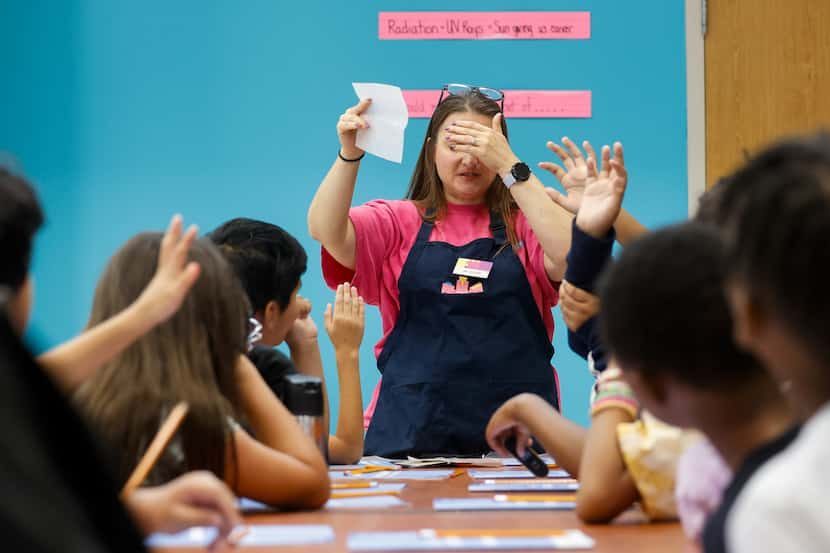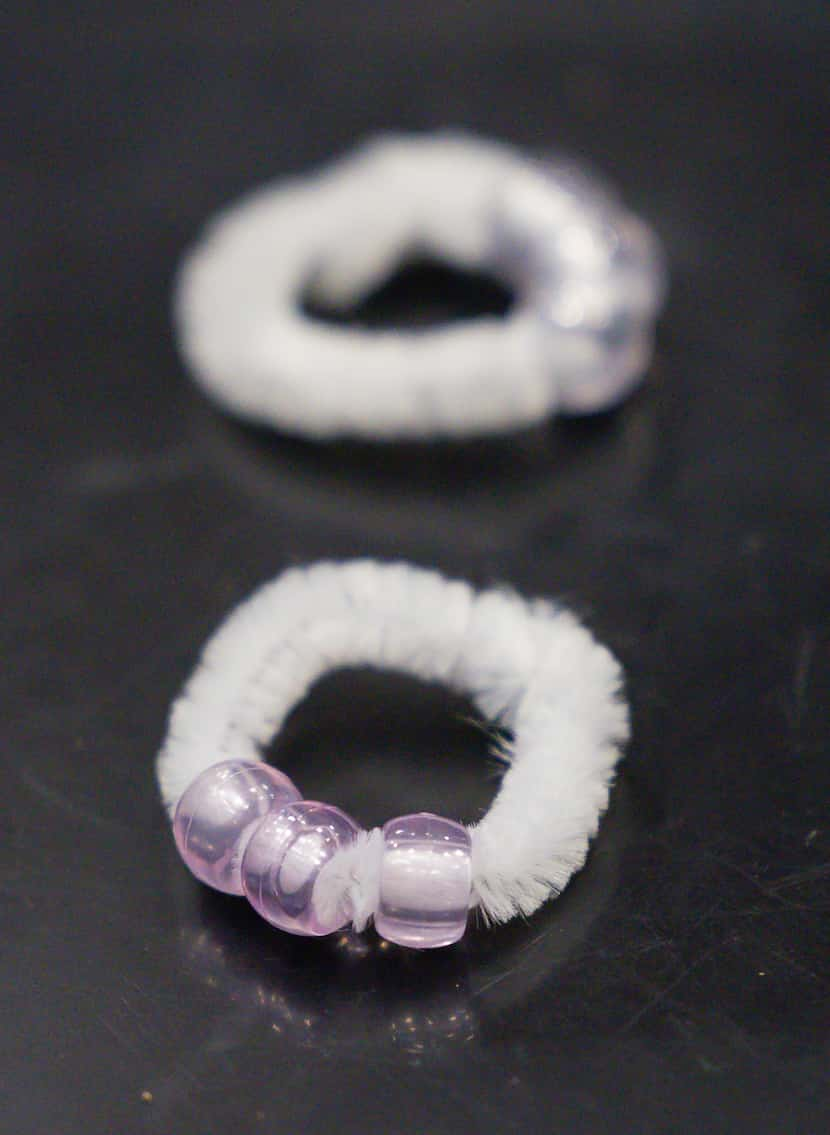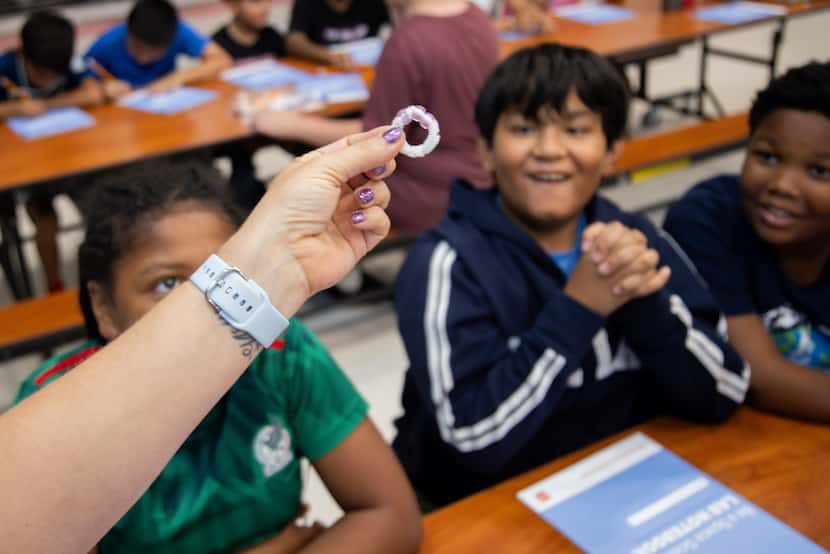The Fort Worth Museum of Science and History is bringing science into classrooms this summer. Thanks to the program called “GSK Science in the Summer,” children in grades 2 to 6 get the opportunity to explore different career paths in science and technology.
Linda Higginbotham, GSK’s director of public relations, said: “It’s important to spark a love of science at a young age. GSK, formerly GlaxoSmithKline, is a biopharmaceutical company.
As part of its commitment to diverse and equitable education, the company started “GSK Science in the Summer” with the Franklin Institute 38 years ago. The Franklin Institute, named after Benjamin Franklin, is a science center and museum located in the heart of Philadelphia.
The program has grown to partner with more than 290 across the country. Since then, the program has been offered free of charge with GSK providing funding and the Franklin Institute developing the curriculum and activities.
By 2023, the program has reached more than 29,000 children, according to the Franklin Institute.
This year, the theme is: “Become an Astronaut.”
This is the Fort Worth Museum of Science and History’s eighth year in the program, according to Rebecca Reed, director of museum services and programs.
Working with partner libraries and schools in the Fort Worth area, the museum typically serves 650 students during the summer. Fort Worth Museum educators facilitate activities at partner sites such as Uplift Summit International Preparatory Primary and Uplift Mighty Preparatory.
Over the years, the museum has had activities focusing on topics such as the human body, biology and chemistry. This year, students are learning about robotics, rocket engineering and aerospace design.
Alba Alonso is a teacher at Uplift Summit International Preparatory Primary. He described another experiment the students did involving ultraviolet light.
“They had two UV beads and a UV torch, and then they had different tools that they would put between the beads,” he said. and a flashlight to see which of them can protect the astronomers from the radiation.”

During a similar activity at Ulift Mighty Preparatory, Isaiah Durant, a 5th grader, said he likes to have everyone work as a team to figure out which fabrics protect the beads.
Kai Williams, who will be a 6th grader this fall at Ulift Mighty, said it takes creativity to keep up with the process and “shows your ability to fix things.” Williams said he’s not sure if he’ll be a scientist one day, but he said he’ll think about it.
Educators see many positives in the program. Denitra Beaulieu, who serves as the principal, said: “I always look forward to getting involved in activities that have resources. for Ulift Education’s summer school program, SummerRISE, at Ulift Mighty.
He said: “It is not an opportunity for me to just look at what they are doing with the children.” “But it’s an opportunity for me to build relationships with the children and them – for them to see me doing other things besides the usual core work”.
Beaulieu said the program helps provide critical thinking skills across science disciplines, and the benefits of GSK Science in the Summer can be seen before the fall, especially for 5th grade students. preparing for the STAAR test.
Since 5th grade is the first year students have to answer science questions during the STAAR, it’s important for them to get experiences like “GSK Science in the Summer,” he said. That’s because STAAR science questions can ask a variety of questions that cover topics ranging from the environment to life sciences, such as biology, he said.
Penny Sessions and Monica Bejarano are museum educators for the Fort Worth Museum of Science and History, and lead student activities. Both enjoy challenging students on what they have learned and helping them enjoy learning.

Bejarano is in his first year as a museum educator. Last year, he was a teacher at the school, and he said that these two roles are different.
Students “study but don’t realize it, but when they take the test, they know it.”
The lectures introduced students to the topic of radiation by emphasizing the need to wear sunscreen and sunglasses to protect their skin and eyes. They were divided into groups of two to three students. They then began to determine whether the UV beads turned pink or showed no difference after being placed under the cloth.
After the event, Session asked them questions about space and sunlight in space. He said they were able to answer those questions confidently.
Students looking for summer jobs can find free jobs on the “GSK Science in the Summer” website at https://scienceinthesummer.fi.edu/be-a-space-scientist.
Jordan Chapman reports on science for The Dallas Morning News as part of a partnership with the American Association for the Advancement of Science.
#Fort #Worth #Museum #Science #History #encourages #kids #space #scientists

